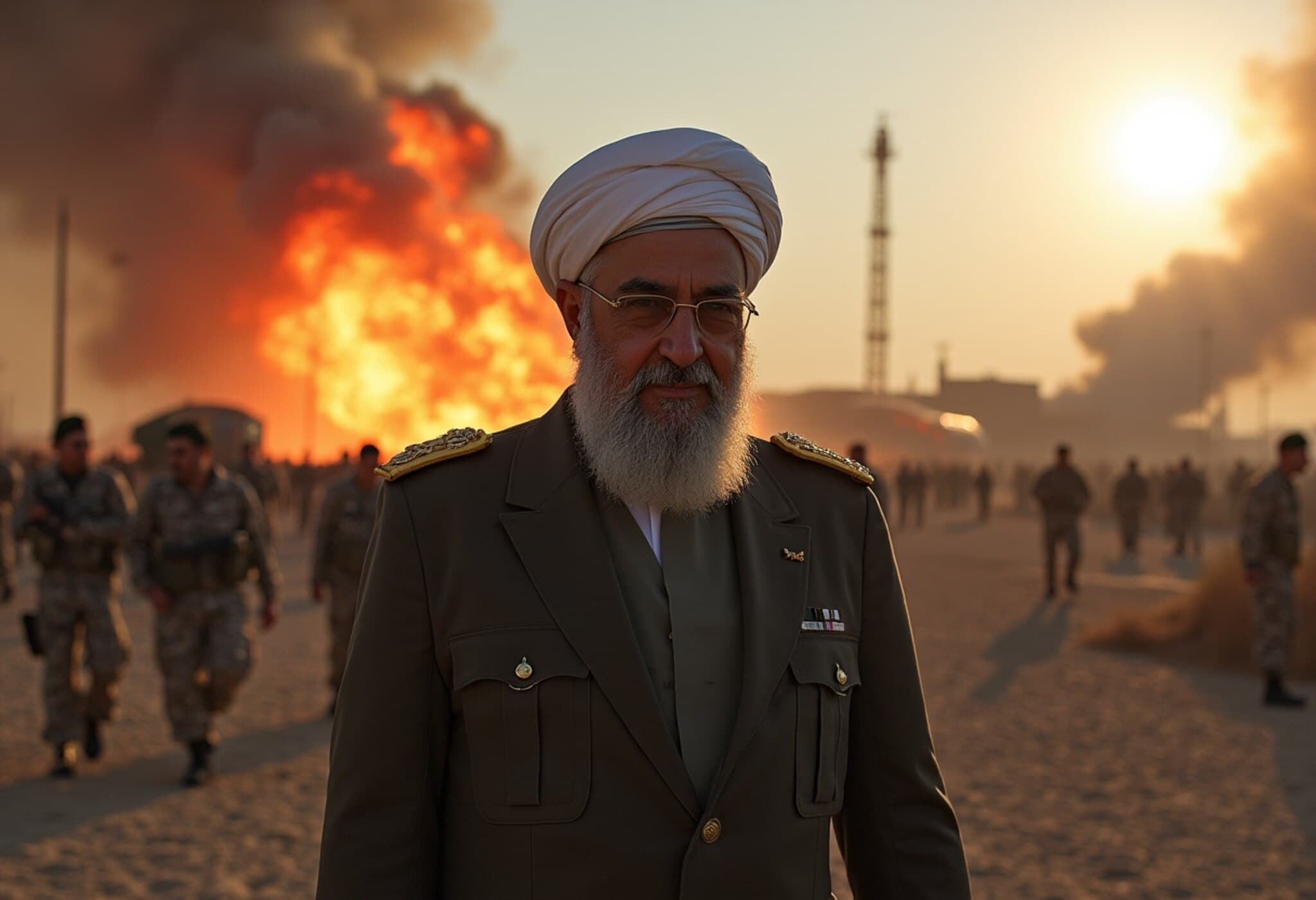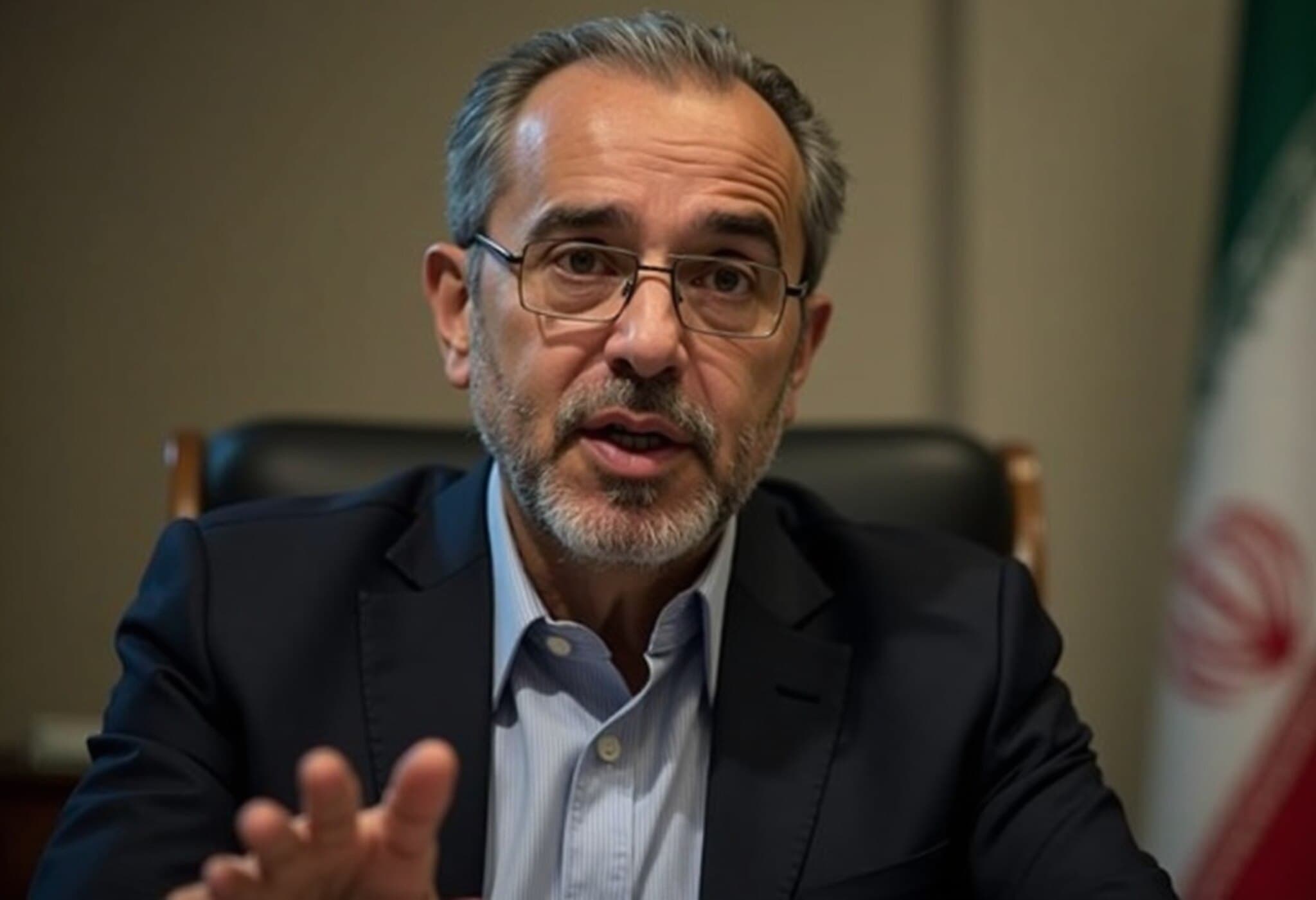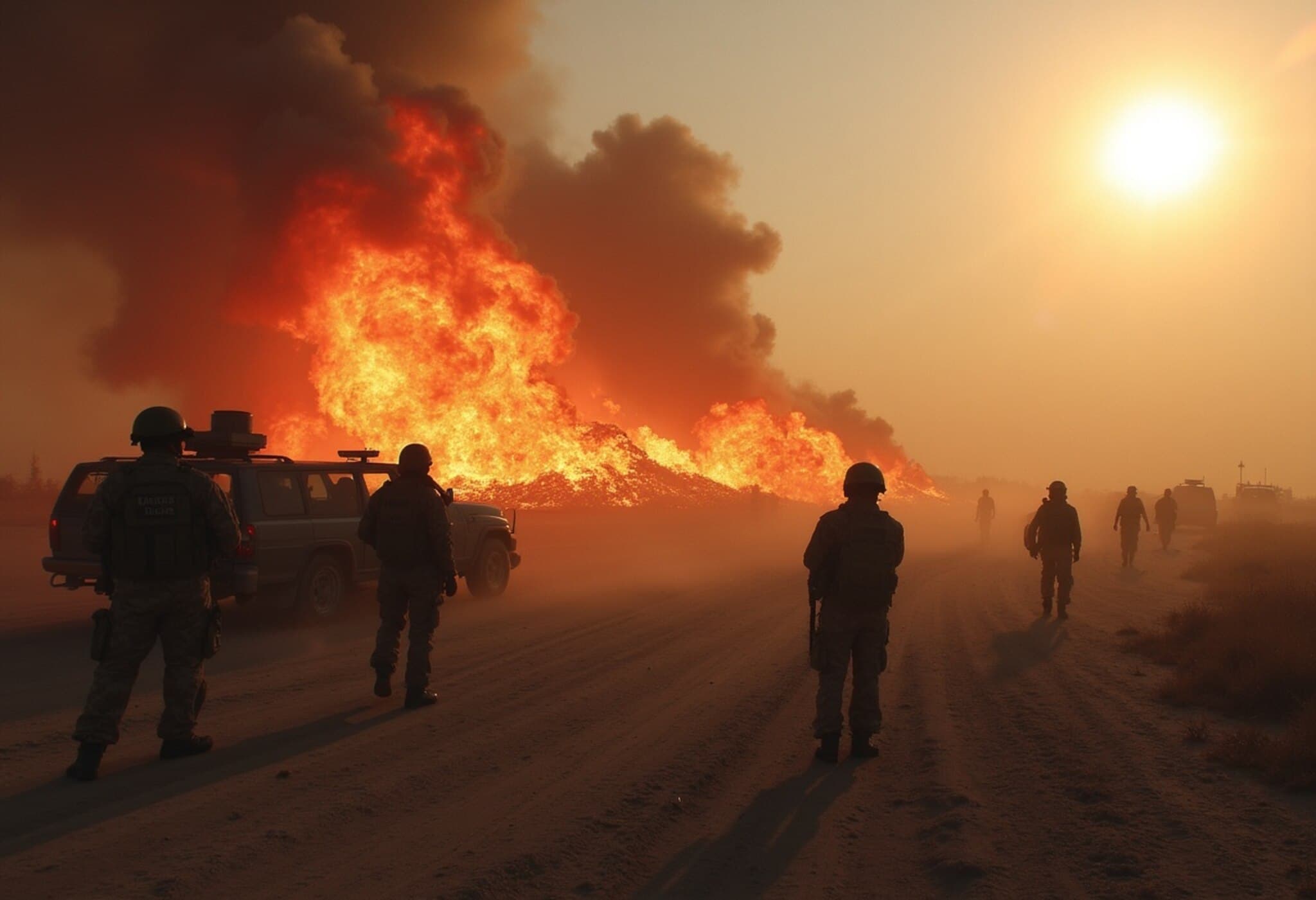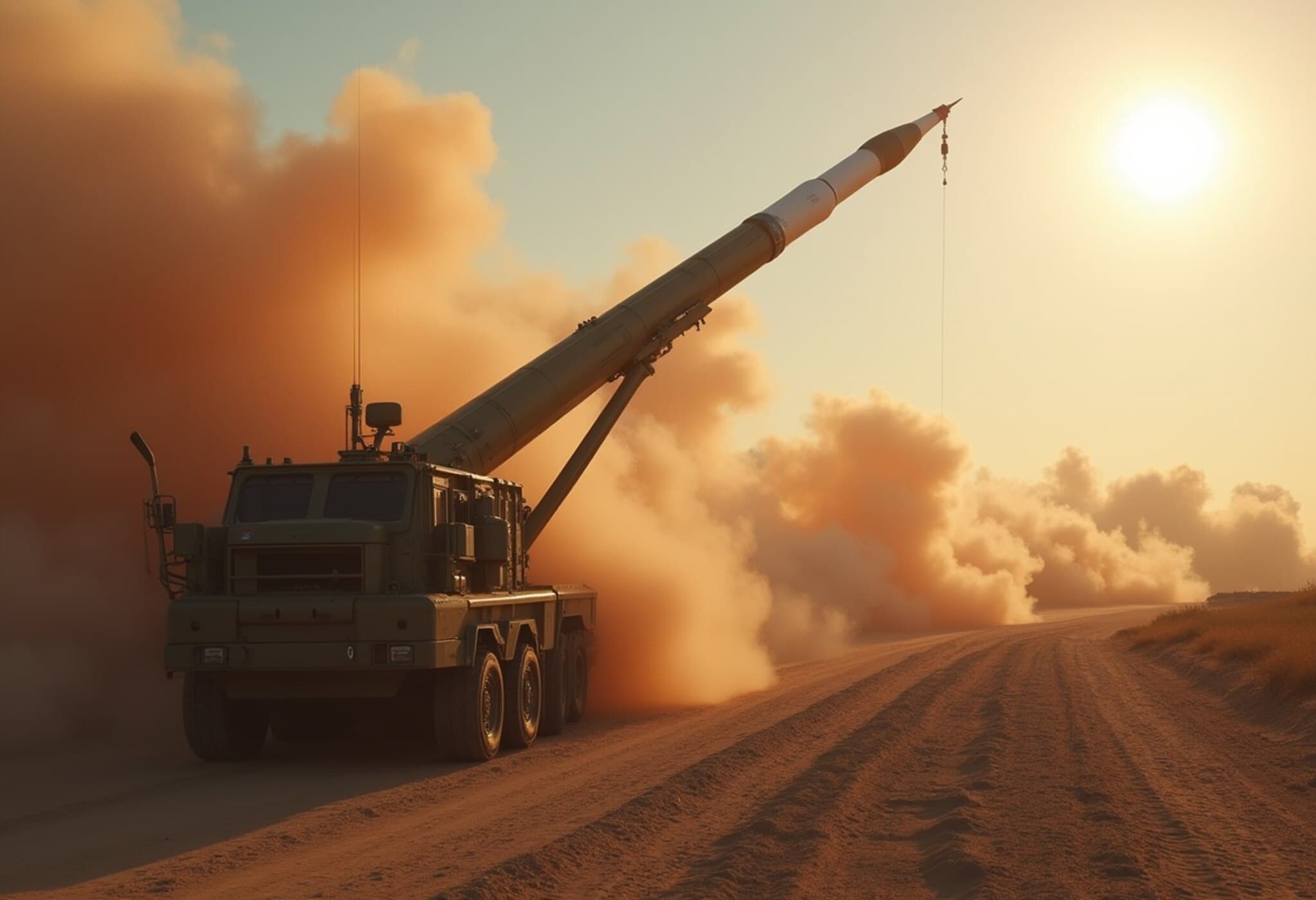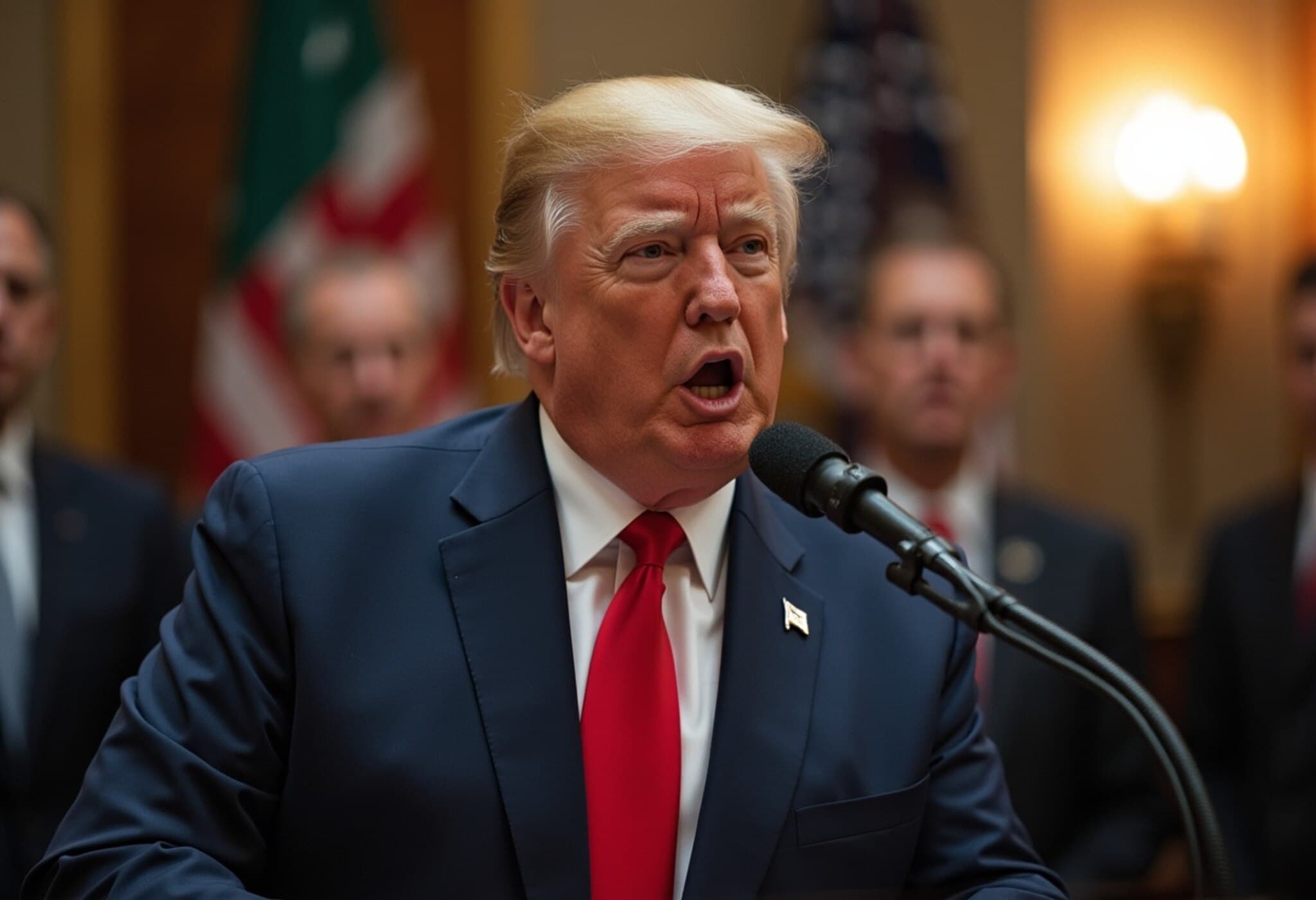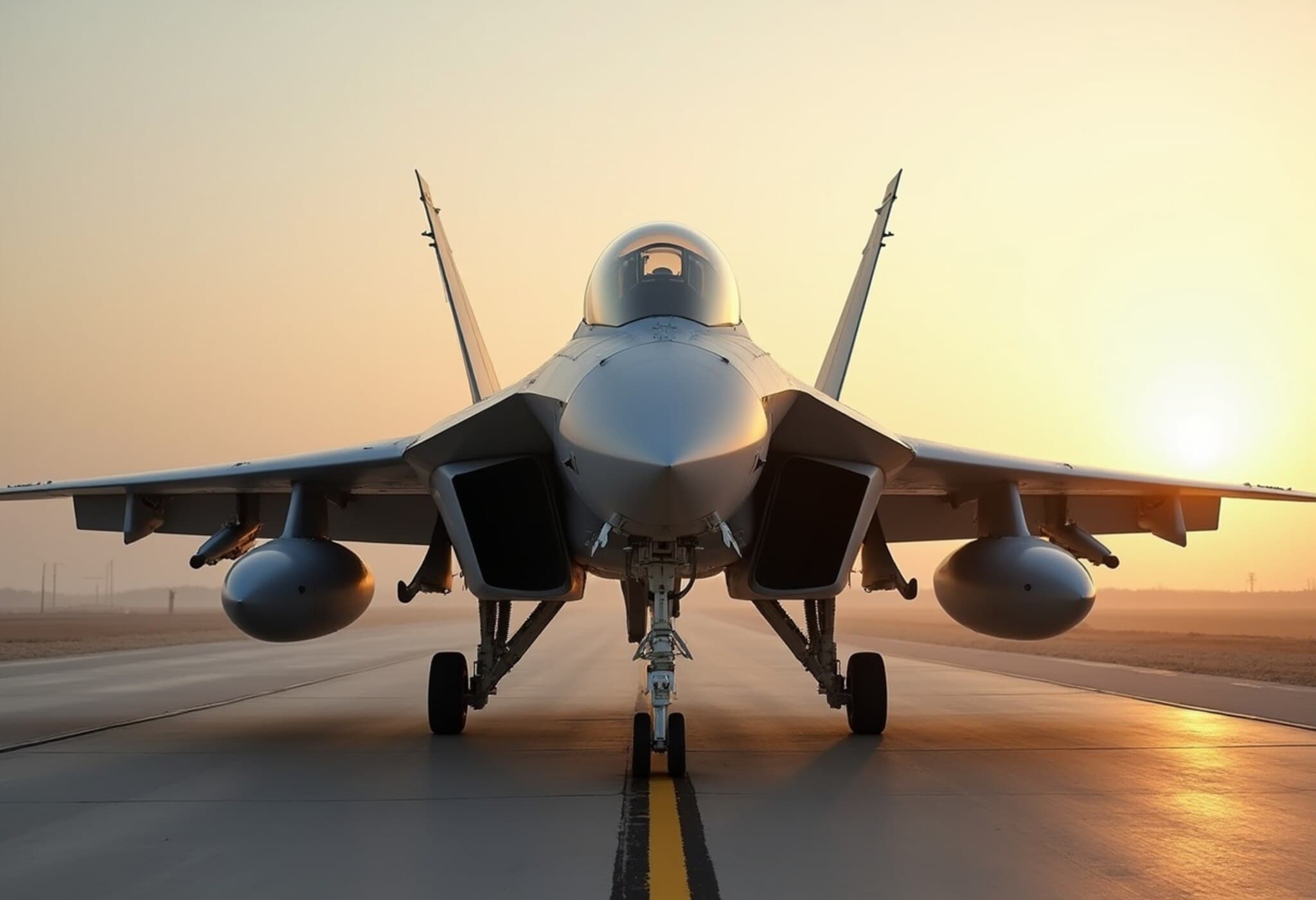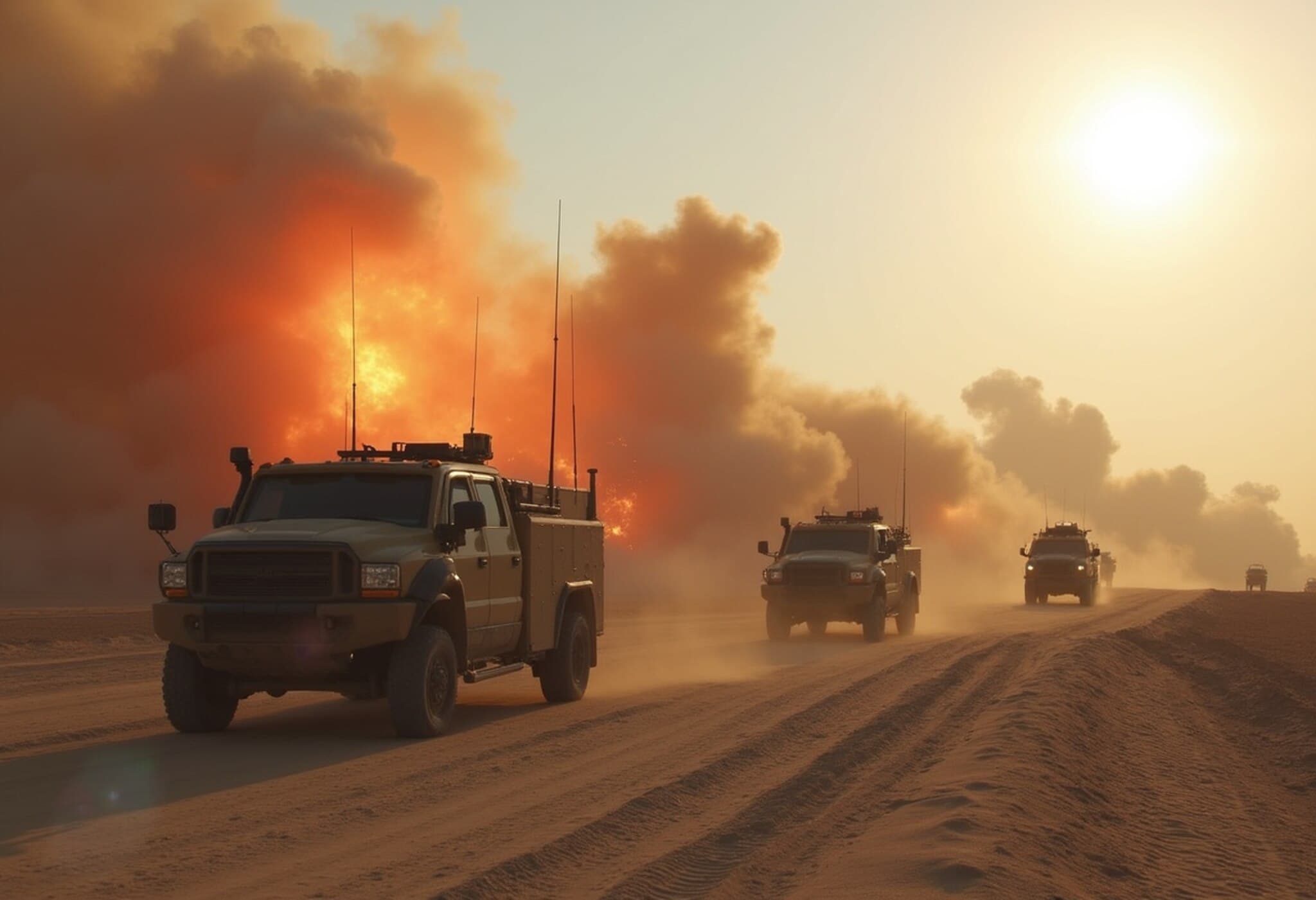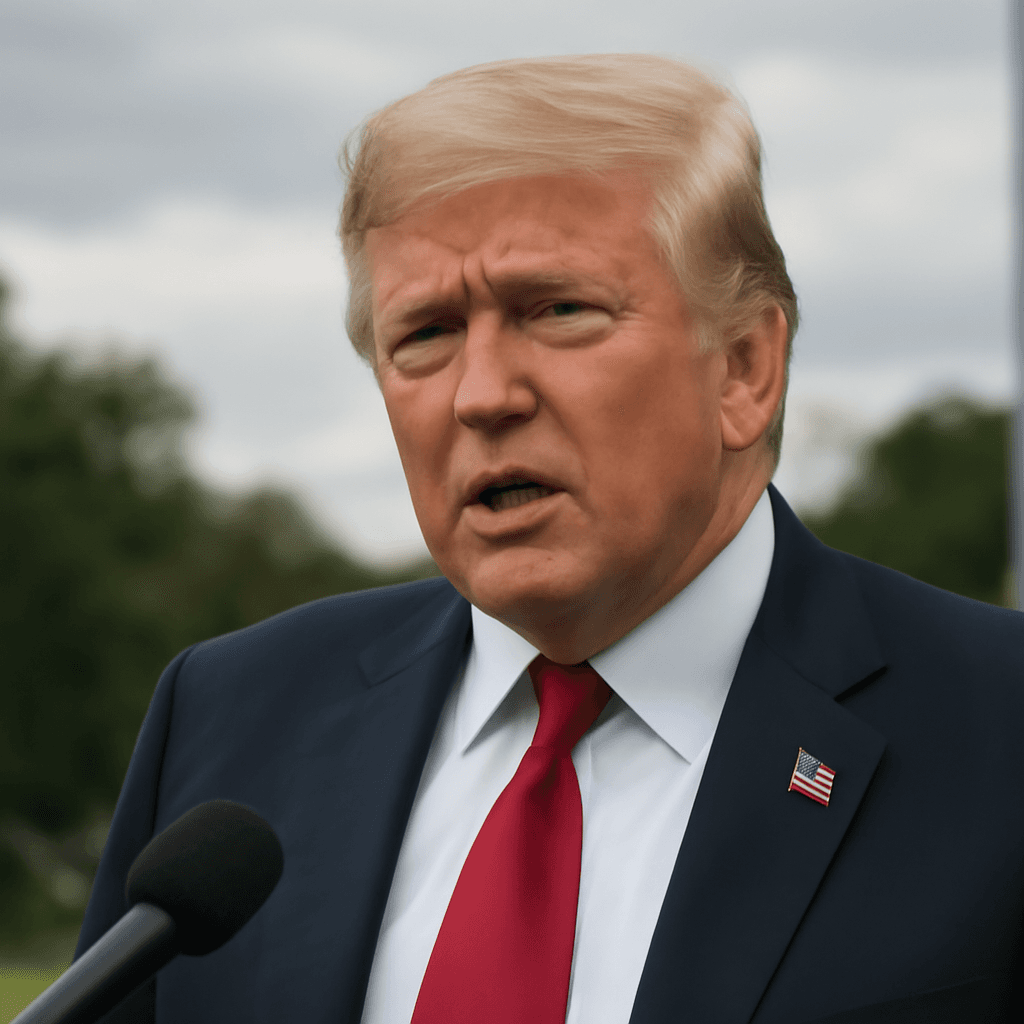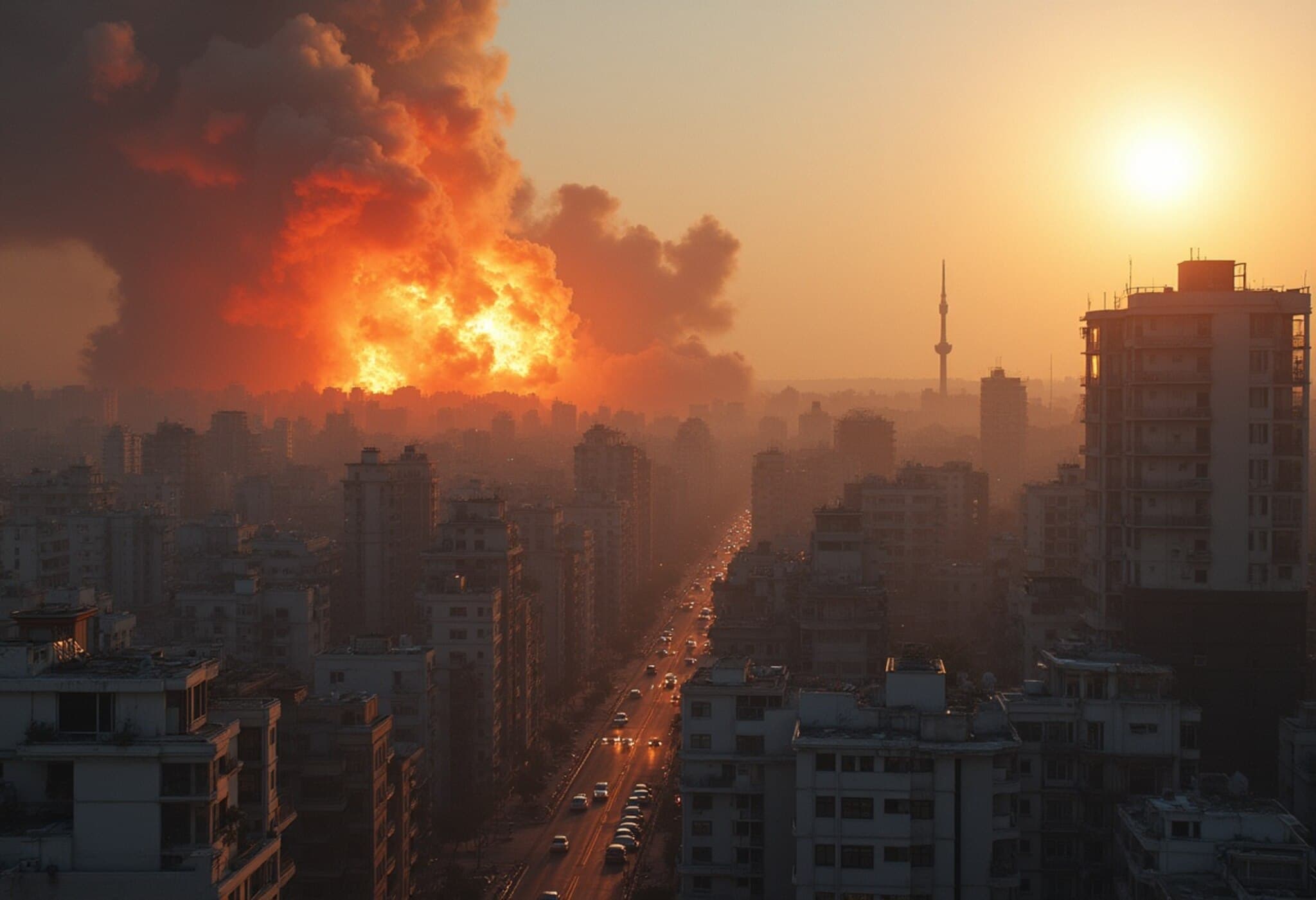US-Iran Tensions Escalate Following Strikes on Iranian Nuclear Sites
In a significant escalation, US forces targeted Iran's three primary nuclear facilities last Sunday, responding to a series of strikes earlier carried out by Israel. Iran has firmly warned that it will defend itself against any direct US assault and has cautioned that American military assets in the region could become targets if hostilities continue.
Strategic US Military Presence in the Gulf
The United States maintains several substantial military installations across Gulf Arab states, including one of its largest airbases, Al Udeid Air Base in Qatar. Following the recent escalation, the US repositioned some aircraft and naval vessels last week as a precautionary measure against possible Iranian retaliatory attacks.
Precautionary Measures at Al Udeid Air Base
Access to Al Udeid has been restricted temporarily to enhance security amid growing concerns of potential confrontation. This move underscores the sensitivity of US forces in the region given the volatile environment.
Tehran’s Warning and US Strategic Calculations
Tehran has communicated directly to Washington its intent to respond decisively if confronted with a US strike. The Iranian government has highlighted that any American aggression could trigger broader conflict, with US military assets bearing the brunt in the Middle East.
Regional Security at a Crossroads
As military activity intensifies, the Gulf remains a critical theater where geopolitical interests converge. The standoff raises the stakes for both sides, with the potential for rapid escalation posing risks not only to regional stability but also to global energy markets.
Looking Ahead
The situation remains fluid, with diplomatic and military developments closely monitored by global actors. The repositioning of US forces and Iran’s stern warnings signal a tense phase that could redefine security dynamics in the Middle East.


